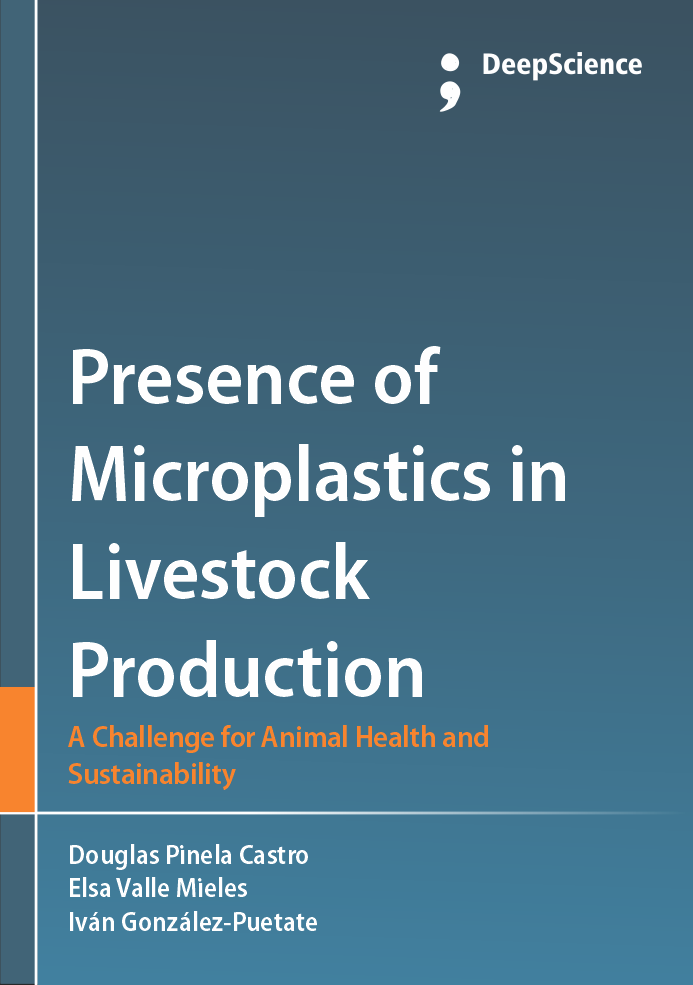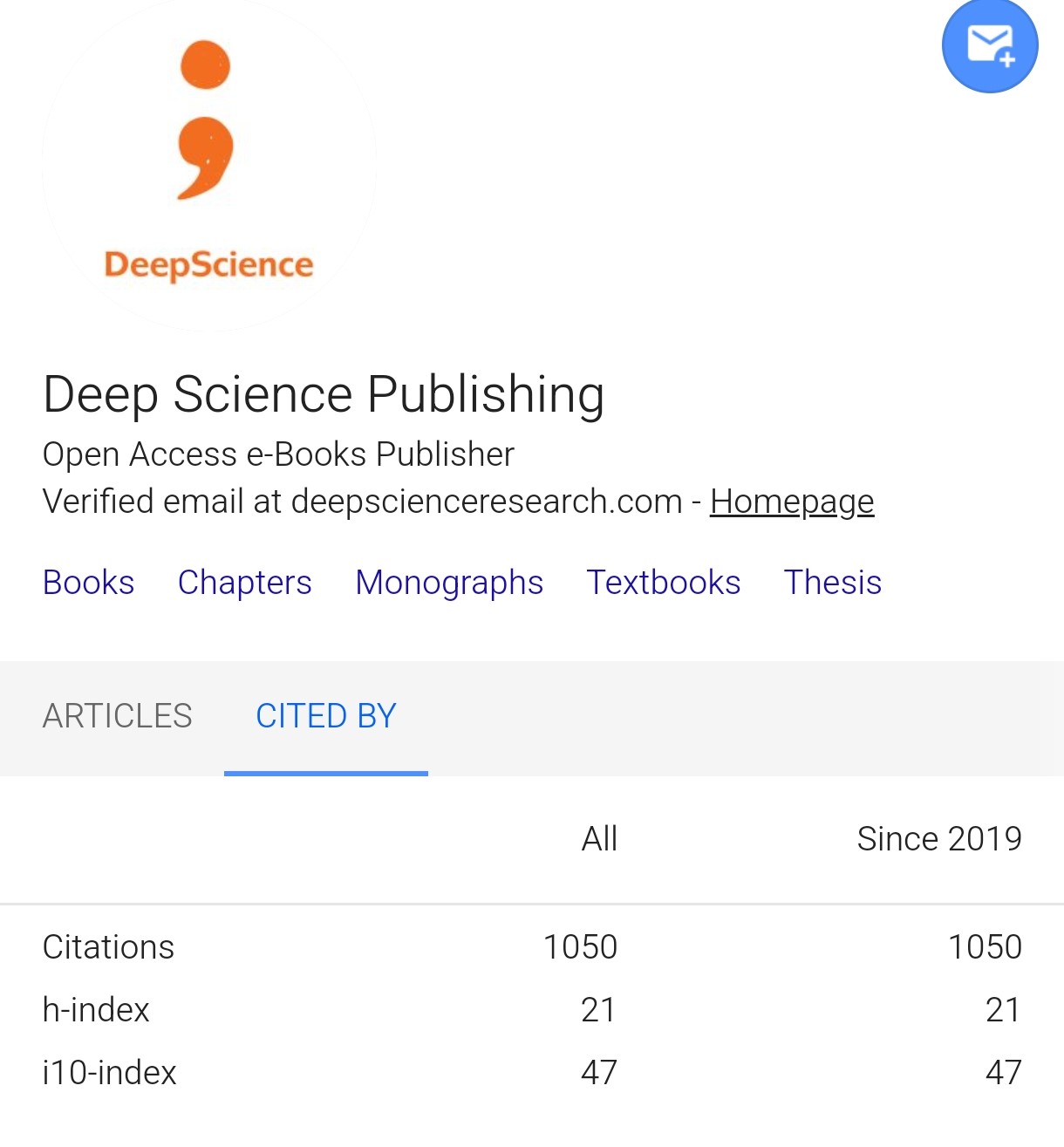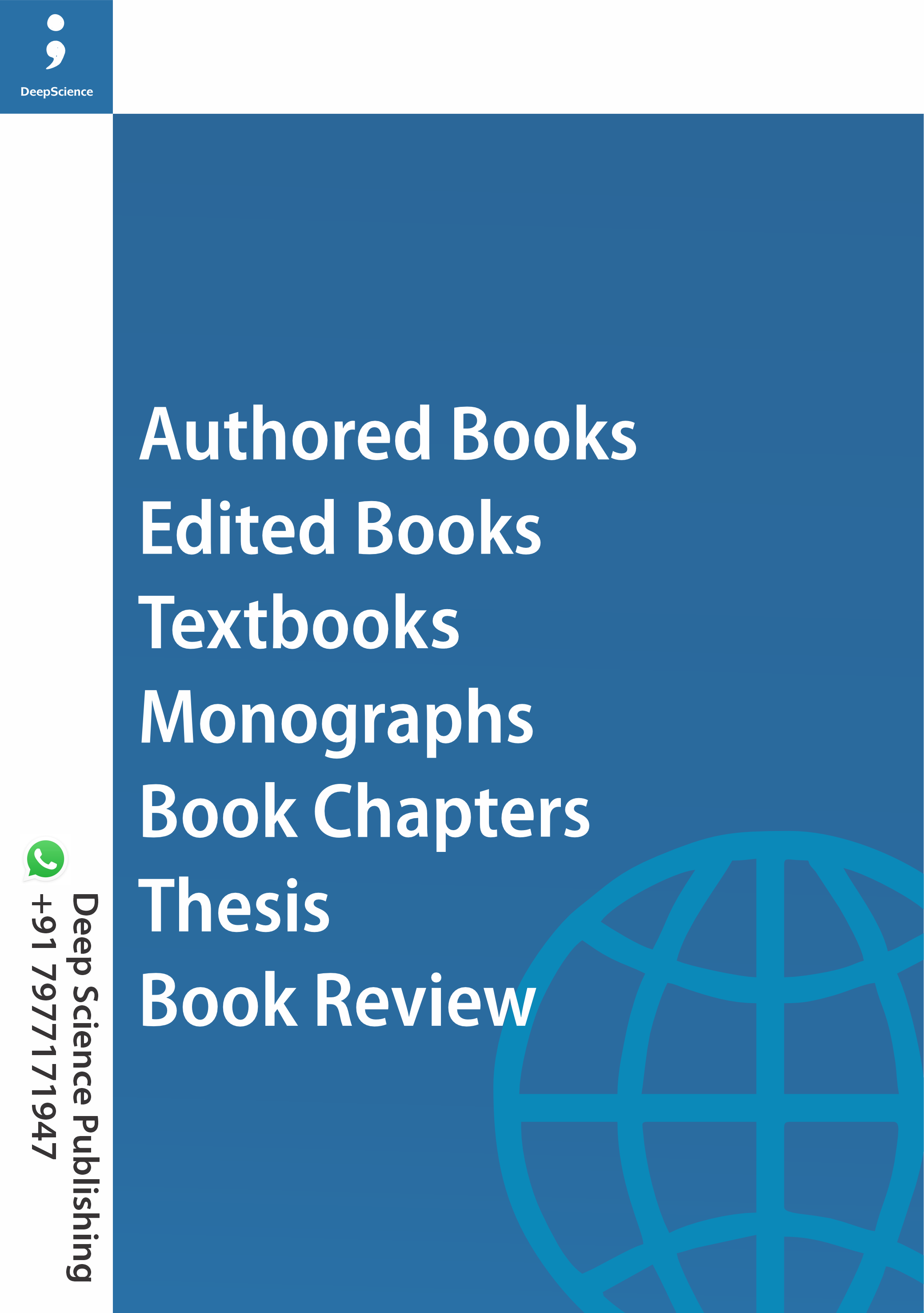Microplastic Contamination in Horse Husbandry
Synopsis
The presence of MPs in water source, two types of diets, and in equine feces in Guayas province, Ecuador was assessed. The aims were to measure MPs in water and feed, and their presence in feces. A cross-sectional, descriptive, observational field-based research was carried out. A total of 200 samples (100 samples of feces, 50 from water, and 50 feed) were obtained from the Guayaquil Country Club and the Miguel Salem Dibo Racecourse. Isolation of BmβCope1 was performed by flotation using a modification of the Willis-Molloy method, and observation was carried out with an optical microscope. The SPSS software was applied for statistical analysis. Results MPs were detectable in all samples, with a concentration of 58% of the river water and 42% of the cistern water, and 66% of the balanced feed and 34% of the alfalfa. In terms of presence of MPs in feces samples, the 65% corresponded to GC and 35% represented HT. In the category of MP types, fibers made up 86% of all the MPs detected in this study. The major color was transparent which constitute 58.23% of MPs. The high prevalence of these particles in all samples indicates a ubiquitous environmental contamination of the equine settings evaluated. Additional studies are requested to assess MPs adverse effects on equines and to devise ways of reducing the environmental burden.













